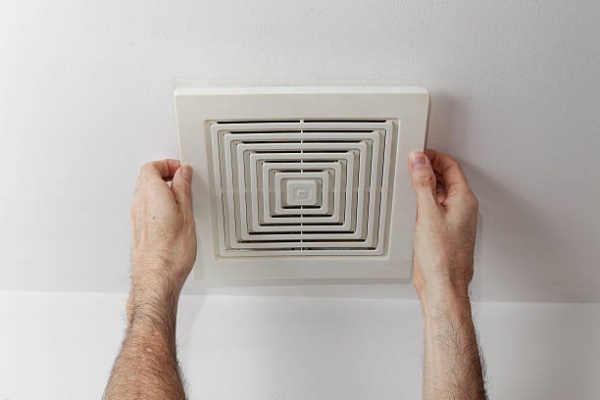
How to Choose the Right Exhaust Fan
Are you in the market for a new exhaust fan? If so, you may be wondering which one is right for you. There are a lot of essential factors to consider when choosing an exhaust fan for your home. Size, noise level, and price are all important things to consider, but there are other factors you should also keep in mind. In this post, we’ll give you a few tips on how to choose the right exhaust fan for your home. Keep reading to learn more!
What is an Exhaust Fan?
Before we go over how to choose an exhaust fan, let us first understand what an exhaust fan is and answer the question of what exhaust fans do.
An exhaust fan is an essential part of any bathroom. Not only does it help to remove hot, moist air, but it can also help to remove odours. Moist air can lead to mould growth, damaging your bathroom and health. Odours, on the other hand, can make your bathroom unpleasant. A good vent fan will ensure that these problems are taken care of.
Exhaust Fans Buying Guide
Fan Model
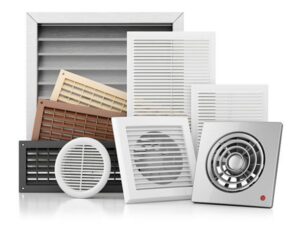
Exhaust fans perform the primary function of moving air from one space to another. But the great diversity of fan applications makes manufacturers need to develop many different models. Some exhaust fans are designed for general use, while others are specifically engineered for more demanding applications. The type of fan you need will depend on the specific requirements of your application. For example, if you need a fan that can handle high temperatures, you’ll need a model specifically designed for that purpose.
Direct Drive VS Belt Drive
Direct drive fans have many benefits that make them ideal for low volume and static pressure applications. They are very efficient and require little maintenance, which makes them economical to operate. Additionally, direct drive motors can be easily controlled with speed control, which allows the user to adjust the flow rate as needed. This makes direct drive fans an excellent choice for use in various settings.
Belt drive fans are generally better suited for air volumes above 2,000 CFM or static pressures above 0.50.” Adjustable pulleys allow fan speed and CFM to be adjusted by about 25%. High-temperature fans above 50ºc (above 122º F) are almost always belt-driven. The main advantage of a belt drive fan is that it can be mounted in any orientation, while direct drive fans must be mounted such that the shaft is horizontal. Belt drive fans are quieter and have longer life spans than direct drive fans. However, they are more expensive and require more maintenance.
Propeller VS Centrifugal
Wheel propeller fans are industrial fans commonly used in applications where large volumes of air must be moved at low static pressures. Wheel propeller fans typically have motors mounted in the airstream, which limits their use to applications where the air is relatively clean and temperatures are not too high (up to 40ºc or 104º F). However, wheel propeller fans are still an economical option for moving large volumes of air, making them a popular choice for many industrial and commercial applications.
Centrifugal fans are more efficient than propeller fans at higher static pressures and are quieter overall. Many models are designed with motors mounted out of the airstream, which helps to ventilate contaminated or high-temperature air. These fans typically have a higher initial cost than propeller fans, but they offer several advantages in terms of performance and durability.
Cubic Feet per Minute
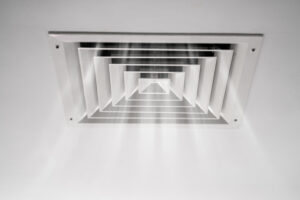
Determining the proper amount of ventilation for a building is essential for several reasons. Poor ventilation can lead to a buildup of harmful gases, such as carbon dioxide, and can also contribute to the growth of mould and mildew. Inadequate ventilation can also make it challenging to regulate indoor temperatures, leading to drafts and fluctuations in temperature. However, too much ventilation can also be problematic, leading to high energy costs and an increased risk of condensation and moisture damage. As a result, it is important to consult local building codes to determine the ideal amount of ventilation for a given space. Getting the correct CFM will allow you to purchase the model with the perfect exhaust fan capacity.
CFM Formula
- Room Size = LxWxH
- CFM = Room Volume ÷ Min/Change
Noise Levels
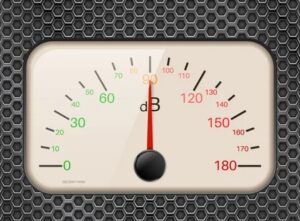
There are several factors to consider when it comes to finding the perfect exhaust fan for your home. But perhaps the most crucial factor is noise level. Nothing can ruin a relaxing bath or peaceful night’s sleep like a loud, constant humming. That’s why it’s essential to find an exhaust fan that runs quietly and smoothly. Fortunately, many options on the market meet this criterion.
Exhaust Fan Efficiency
An exhaust fan is a mechanical ventilation device that helps to expel fumes, smoke, and other airborne particles from an indoor space. An exhaust fan must be able to move a large volume of air while maintaining a high degree of static pressure. This allows the fan to overcome the resistance of ductwork and keep the airflow moving in the right direction. When selecting an exhaust fan, it is essential to consider both the volume of air that needs to be moved and the static pressure rating of the fan.
Energy Efficiency

While most exhaust fans are energy-efficient, there can be a significant difference in the power they consume. When selecting an exhaust fan, it is worth comparing brands to find out which is the cheapest to run. Generally, fans with higher CFM ratings will consume more power than those with lower ratings. However, this is not always the case, so checking the manufacturer’s specifications is essential before making a purchase. By comparing brands, you can be sure to find an exhaust fan that meets your needs without consuming too much power.
Types of Exhaust Fans
You can also choose different types of exhaust fans in the market, which all have other functions. It is essential that you can differentiate the functions of each kind so that you can get the most efficient model for clean air.
Ceiling Mounted
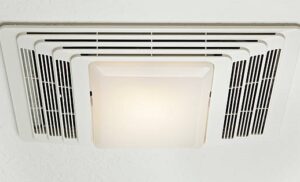
Ceiling exhaust fans are usually installed in rooms not adjacent to open spaces to prevent dirty air from entering the room. Instead, the air is channelled through an exhaust duct called the Mechanical Ventilation Heat Recovery System (MVHR). The MVHR is installed on or inside the ceiling and serves as an air distributor to the outside of the house. This type of fan is especially beneficial in rooms with a lot of activity, such as kitchens and even as a bathroom exhaust fan. By preventing dirty air from entering the room, ceiling exhaust fans help to keep the air clean and fresh.
Wall Exhaust Fan
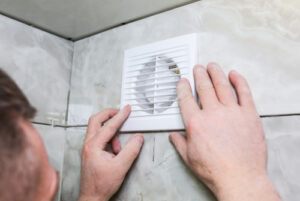
A wall-mounted exhaust fan is a type of exhaust fan most often used in homes, especially those with an open area opposite a wall. Wall-mounted exhaust fans are easy to install and effectively remove stuffy, dirty air from your home. To install:
- Screw the included mounting bracket into a sturdy spot on the desired wall.
- Slide the exhaust fan onto the bracket until it clicks.
- Use the enclosed wiring kit to connect the exhaust fan to a power source. Once installed, your wall-mounted exhaust fan will be ready to use immediately.
- Turn it on when you need to remove unwanted air from your home.
Rangehood

Exhaust fan cooker hoods are an essential part of any kitchen. They effectively remove cooking odours and gases from combustion when cooking, helping to keep the air in the kitchen fresh and clean. In addition, they help to regulate the temperature in the kitchen by pumping the hot air generated when cooking out through the exhaust air duct. As a result, exhaust fan cooker hoods play an essential role in ensuring that your kitchen is comfortable and enjoyable.
Bathroom Exhaust Fan

Bathrooms are prone to moisture buildup due to the high humidity levels created by showers and baths. This moisture can lead to mould and mildew, which can damage bathroom surfaces and cause health problems for residents. An exhaust fan is a simple and effective way to remove moisture from the air and prevent these issues. An exhaust fan ensures that moisture levels stay low and reduces the risk of mould and mildew growth by exhausting humid air out of the bathroom. In addition, a bathroom exhaust fan can also help to prevent condensation on mirrors and tiles, keeping your bathroom looking clean and new.
Conclusion
Exhaust fans are a vital part of any home, as they play a crucial role in removing unwanted air from the premises. There are many different types of exhaust fans on the market, each with its unique function. By understanding the different types of exhaust fans and what they do, you can be sure to select the right one for your needs. In addition, by comparing brands and prices, you can find an exhaust fan that is both efficient and affordable.
Last Updated on
- Features to look for in an exhaust fan - September 26, 2022
- How to calculate CFM for exhaust fan - September 24, 2022
- Kitchen Fan Installation – Everything You Need to Know - September 20, 2022
